I am trying to use an array of sensors to trigger a series of stepper motors based on peoples' presence within different areas of a hallway. It is for an interactive kinetic art piece at an elementary school.
I've tested with ultrasonic sensors, but because they will be overhead, facing down (ie, into people's soft, ultrasonic wave dampening hair) they are unreliable.
I have tested with PIRs, and they seem to be much closer to the behaviour I want. The only problem is the large time between readings. This is a problem because it allows people to pass parts of their body under the sensing area without being detected. I think kids will want to play with the sensors in this way, rather than just walking underneath, and the lack of responsiveness will become apparent quickly.
I've tested with both Parallax and ITEAD brand PIR sensors, and spec'd out a number of others. The shortest time between readings I could find was with the ITEAD, at around 2 seconds.
The ITEAD sensor uses the BISS0001 IC, and after looking at the IC's datasheet and the ITEAD's Schematic, I managed to shorten the time between readings to closer to a half a second by shorting across R13 and R33.
That said, I don't know if this will affect the performance or lifespan of the sensor, and I'm wondering why I can't find a PIR sensor with shorter read times. Do they exist and I just don't know what to look for? Or is there a practical limit to their read times?

